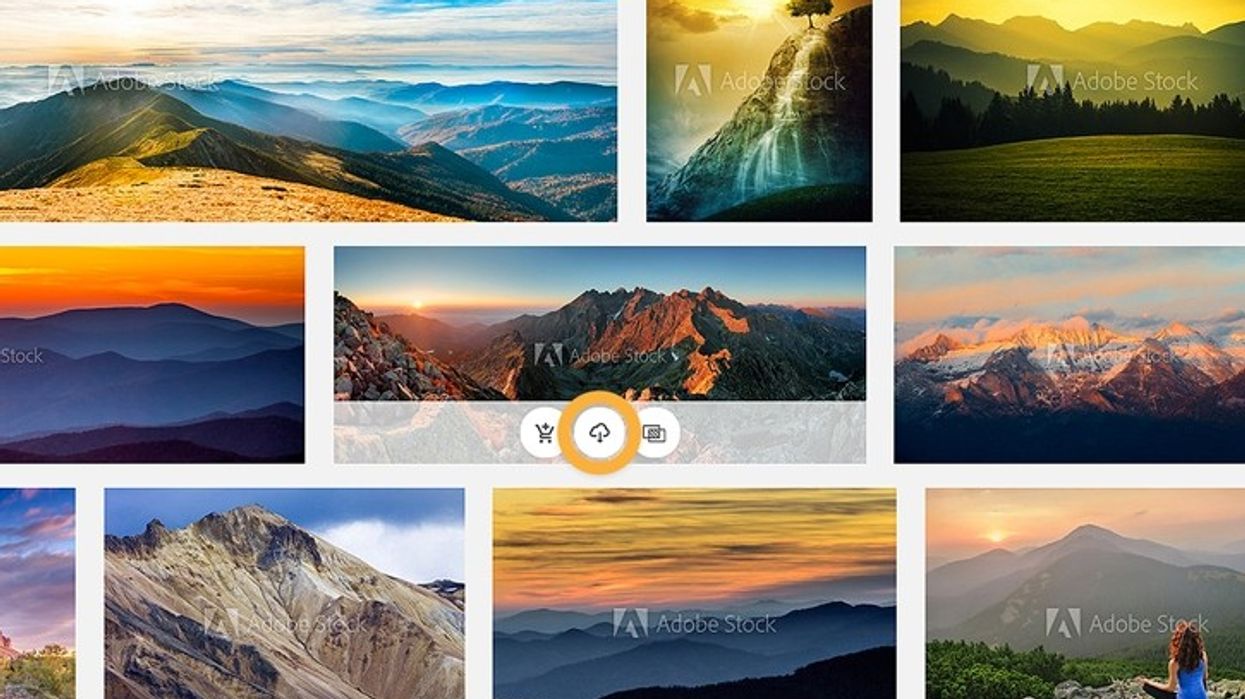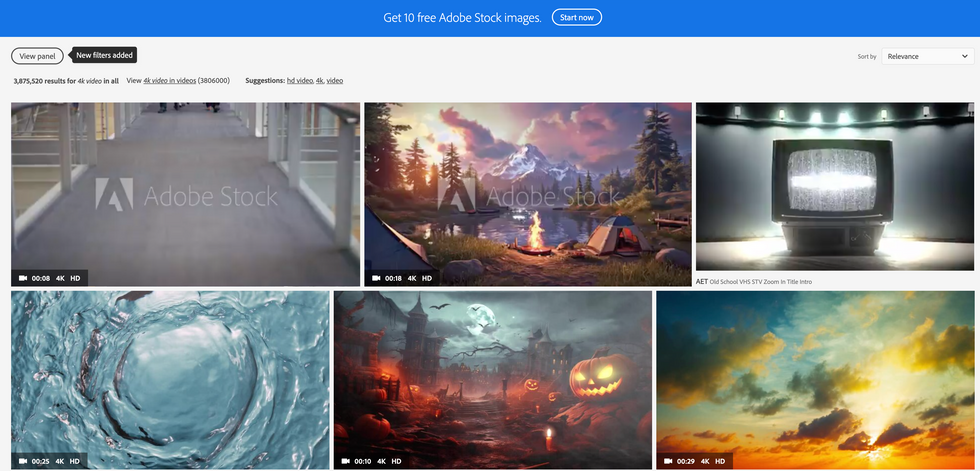How Will Adobe's 15 Million 4K Stock Video Library Help Filmmakers?
Is Adobe looking to finally take over the world of stock assets for video content?

Adobe Stock 4K Videos
Until you really peek into the numbers of sales and subscribers, you might be a bit surprised to learn that the stock asset industry is huge. Like, it’s insane how much money passes through the many different sites and services offering photo, video, music, and other digital files and assets.
And because it’s such a big business, the industry has mostly been widely contested with tons of different players in the space like Shutterstock, iStock, Pexels, Unsplash, etc… offering all types of stock options, but more recently video has become one of the biggest components.
However, since Adobe Stock was announced, it feels like it’s been a slow countdown until Adobe would eventually take over the stock asset space. At least in the world of photo and video thanks in part to its ease-of-use within two of their popular Photoshop and Premiere Pro apps.
That hasn’t quite happened of course, but with today’s news of Adobe adding approximately millions of new videos to their Adobe Stock library, it might signal that the takeover is near.
Adobe Stock 4K Videos
Adobe has announced that its flagship stock asset play, Adobe Stock, is reportedly adding 15 million videos to its existing library. All of these new videos come in 4K resolution and will be immediately available to Adobe Stock subscribers at no additional charge.
“Gone are the days when 4K was a luxury reserved for high-end projects. In our visually driven world, 4K has become the new standard, offering unmatched clarity and detail that makes HD start to look blurry in comparison.” — Adobe.
While it might be hard to find a definitive answer as to how many stock videos (or other photos or assets, for that matter) Adobe Stock currently offers, it’s safe to say that it’s going to be well over tens of millions (if not hundreds of millions all told). Which should put Adobe Stock easily on par with its main competitors now.
The Importance of 4K Video
Adobe Stock’s video library is set to contain more depth, detail, and diversity than ever before and should help build the library’s viability for the future, with 4K video becoming much more important going forward.
“With this new offering, you can zoom, crop, and manipulate your footage in ways that HD simply can’t handle without losing an ounce of quality. It’s about giving your narrative the depth, detail, and dynamism it deserves.” — Adobe.
Adobe also points out the important role that Adobe Stock currently plays (and will do more in the future) in combination with their new Adobe Firefly generative AI platform. With there already being a lot of reports and issues surfacing around the ownership of AI learning models, having a fully secured and vetted stock library to base your generative AI model on could be a huge factor from now on as well.

The current homepage for Adobe Stock video
Adobe Stock
Getting Started with Adobe Stock
Ultimately, while there’s a lot to be said about other stock video and asset companies out there (and also perhaps why competition in this space should be a good thing), Adobe Stock is looking like one of the best options to at least tryout today.
Adobe Stock subscriptions start at $30 monthly for an annual plan and include ten standard assets (or one video) a month. Prices go up for more assets from there. You can find more info about how to sign up and get started with a free seven-day trial here.- Premiere Pro Improves Warp Stabilizer, Adds Captions Workflow Tool in Latest Update ›
- Everything You Need to Know About Adobe’s Premiere Pro 'Best Practices & Workflow Guide' ›
- Which Stock Footage Platforms Should Cinematographers Use To Sell Their Work? ›
- Adobe’s Creative Impact Shines Bright at the 2023 Emmy Awards ›
- Adobe Makes Integrating Stock Audio Easier in Premiere Pro ›











